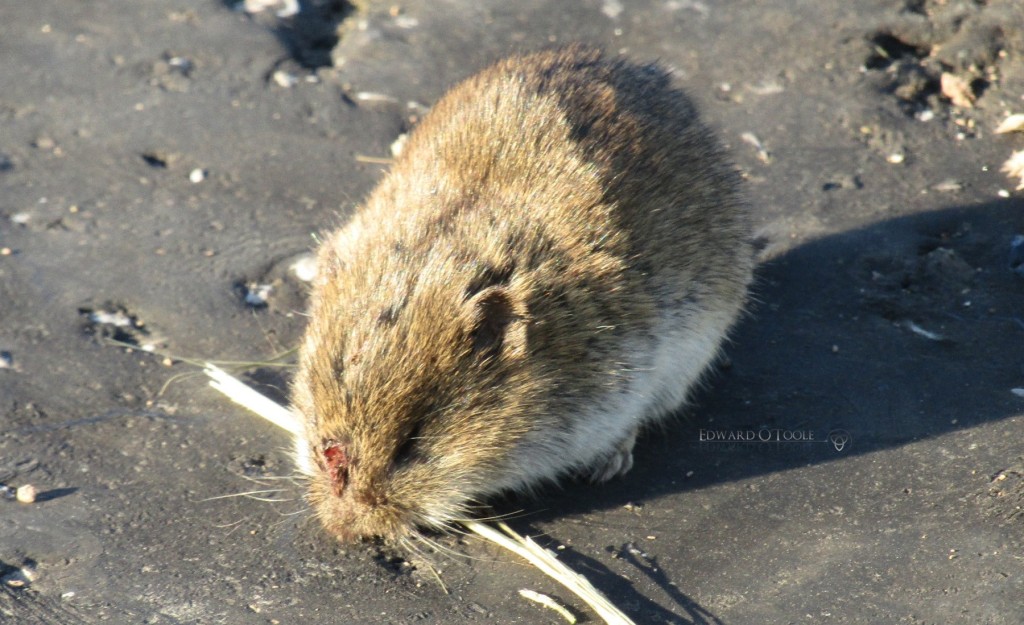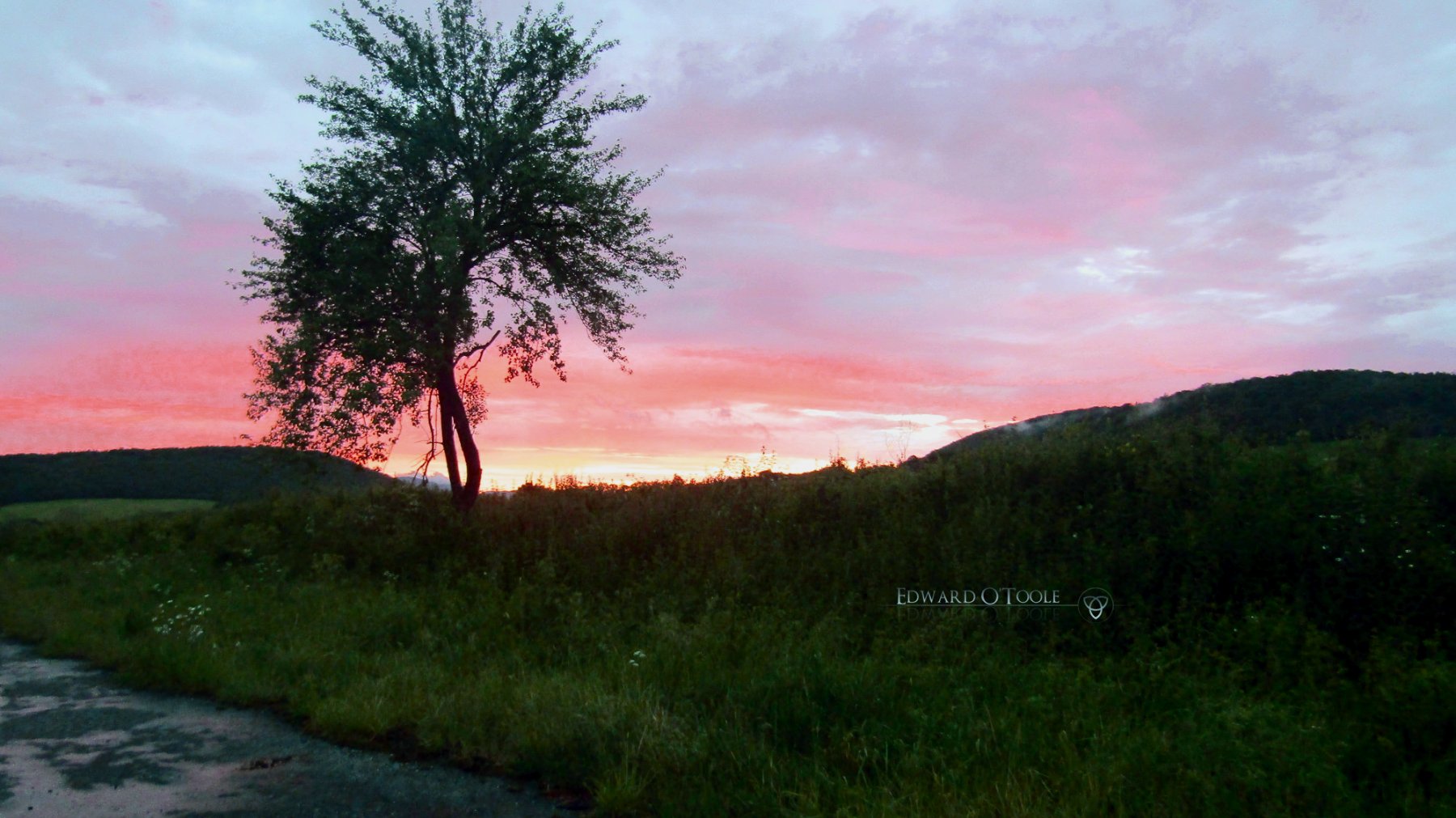Summer is finally here and with it comes a selection of animals that we don’t see at other times of the year. Sadly, even after a horrifically long and cold winter, we’ve only had a few hot days thus far. Hopefully, the weather will pick up at some point.
Probably the most noticeable summer visitor is the white stork. This particular one had an argument with my rather tenacious Jack Russell, Sandy. Neither wanted to back down. Storks show no fear whatsoever, and neither does my little terrier. Luckily the stork eventually flew off, otherwise it wouldn’t have ended well for either of them – storks have extremely long, powerful and sharp beaks and up to a 7 foot wingspan.
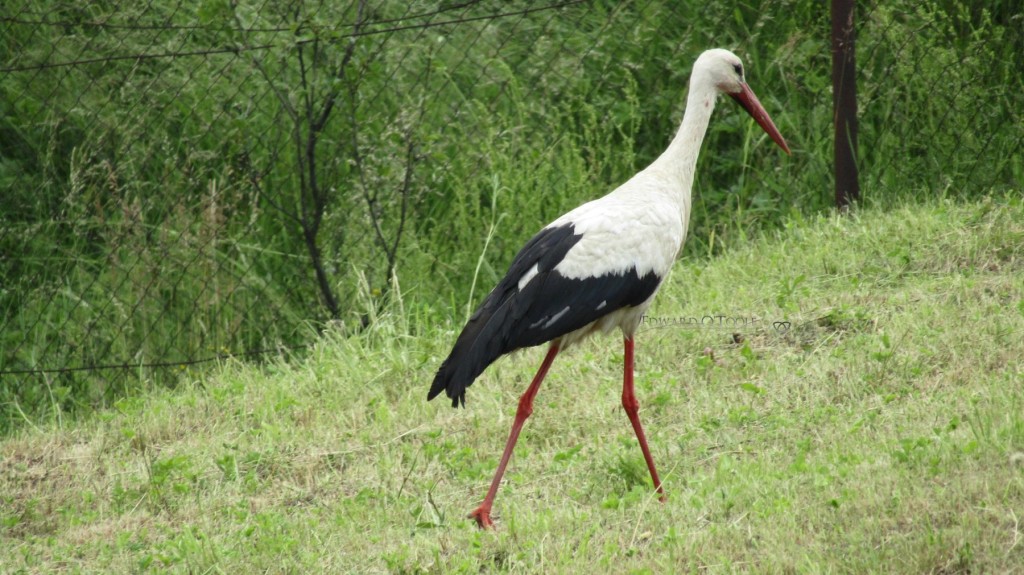
Slovakia has more species of butterfly than any other country in Europe, and this statistic is reflected in the insect population too. An entomologist could make their career just sitting in my garden – it’s staggering the number of species of insects and butterflies we get. Everything from dark and scary to incandescent and beautiful. The ground and air crawl and buzz with them. This is due to the biodiversity and the mixed flora. In early summer the fields are resplendent with a huge variety of meadow flowers, many of which have traditional medicinal uses:
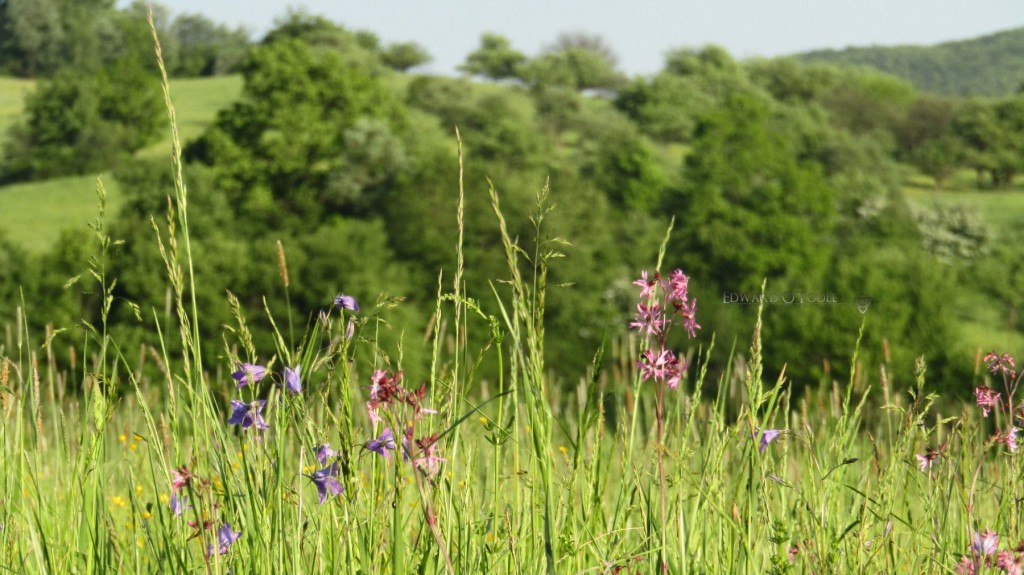
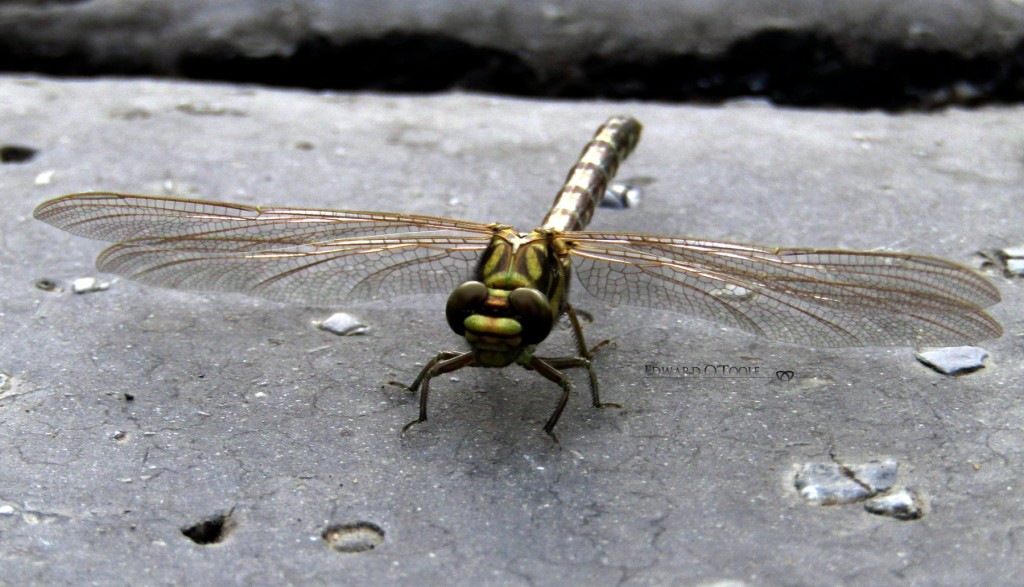
As the weather warms up the various reptiles and amphibians make their appearance. After a storm, fire salamanders emerge, and toads and frogs laze about in their manky ponds.
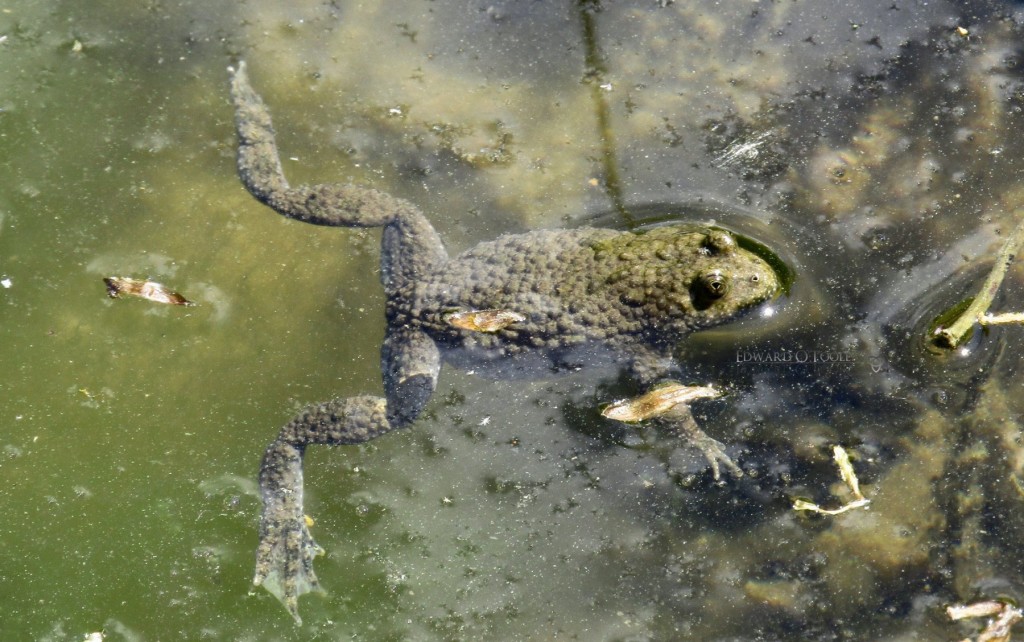
Just outside the front gate is the best place to see snakes as they bask on the asphalt of the little road. This is a smooth snake (Coronella austriaca), which can be easily confused with an adder due to its pattern. It’s most easily identified by the stripe running through its eye. They’re non-venomous.
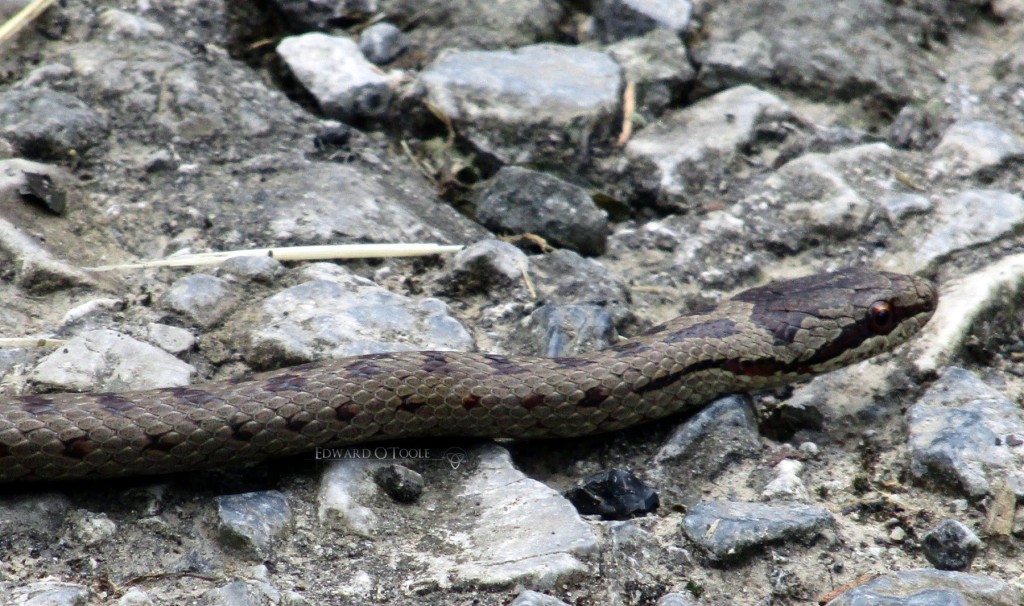
A favourite of mine, albeit a legless lizard rather than a snake, is the slow worm (Anguis fragilis). We don’t see anywhere near as many now as we used to. This one is a male (identified by the blue spots on its back). I stopped picking them up years ago as they tend to drop their tails as a defense mechanism and it made me feel guilty that they could have saved that for when they faced a real predator (a stork, for example).
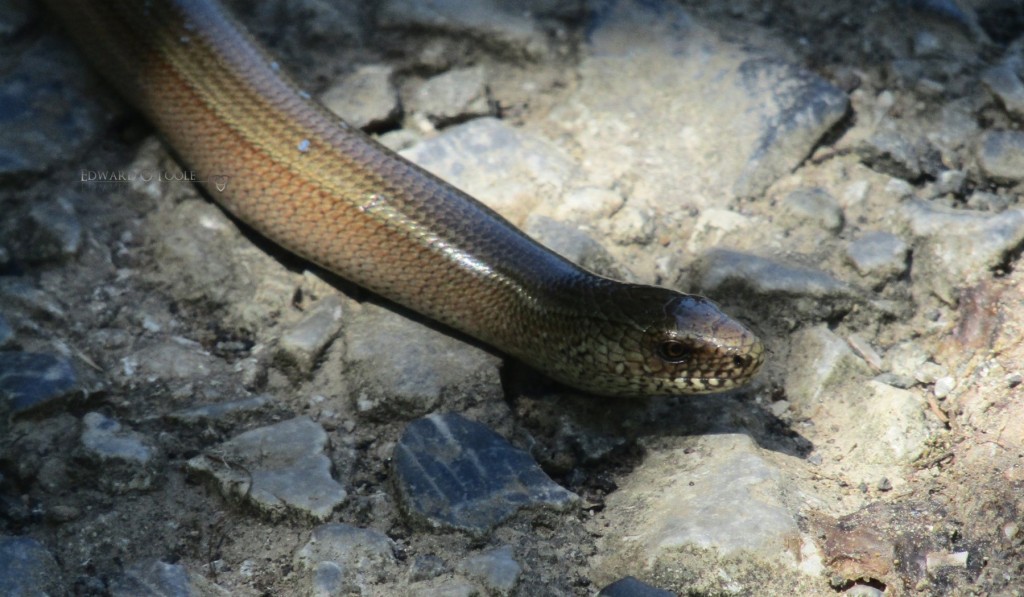
This last one is a common vole (I believe…) (Microtus arvalis). The fields are filled with them. We met this little chap on our daily walk. He was standing at the side of the abandoned road and, as can be seen by the wound on his head, he must have been attacked by one of the many predators that haunt the area – possibly a fox or one of the various species of bird of prey. He was extremely discombobulated. As I approached him he attacked. I had to quickly move my leg out the way and he ran under it and across the road. They’re a little bit smaller than rats but he put up a fearsome defence. Poor little thing must have been having a really bad day.
